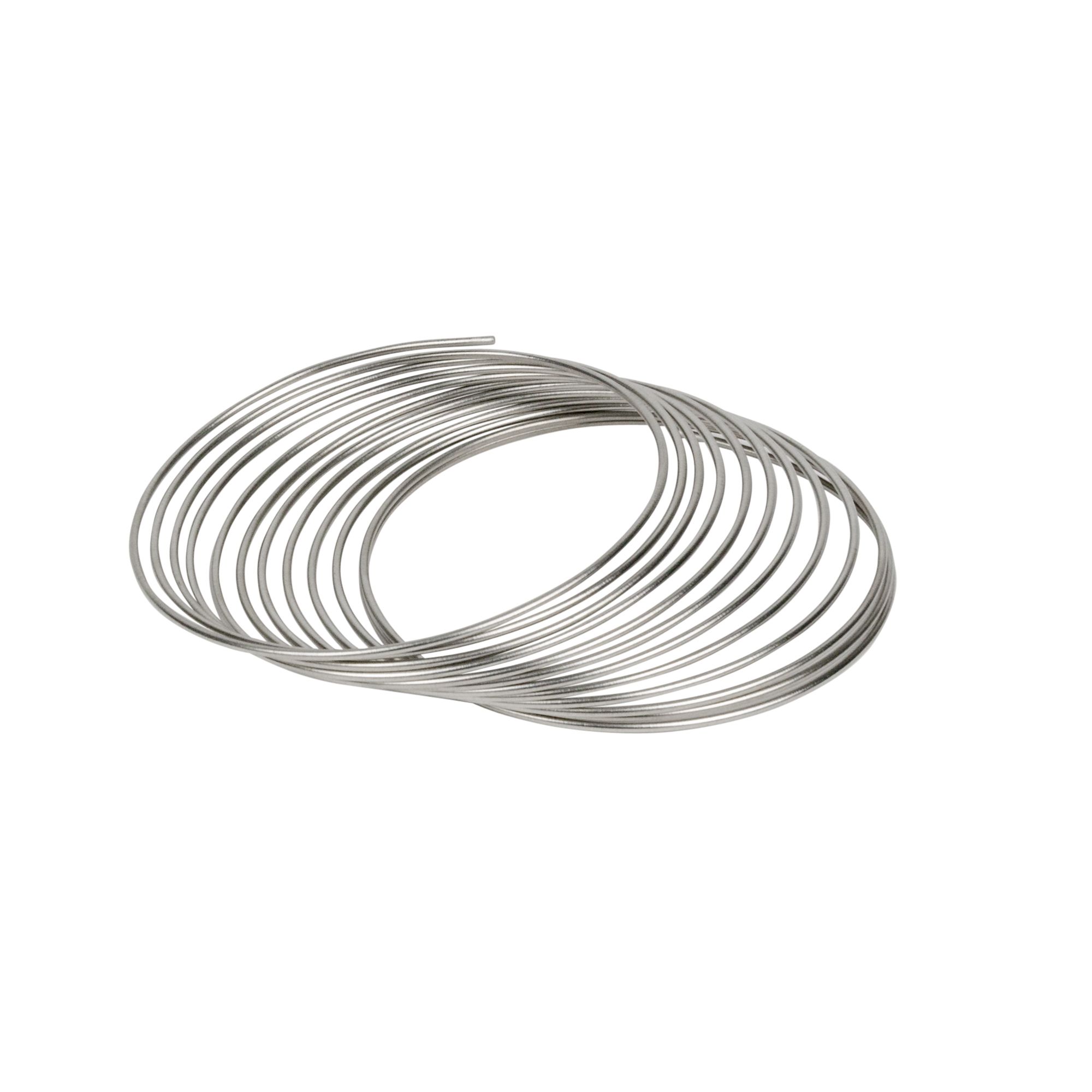

Brisk capillary refills free#
5.1 Postoperative monitoring and intervention algorithm of free flaps.Ģ. Near-infrared spectroscopy was thought to be reliable with a 100% positive and negative predictive value, and is noninvasive, and was thought to be promising as an “ideal monitoring system.” 1įig.

Implantable Doppler systems have the advantage of being the least expensive of these, and are strai ghtforward, which makes them useful for novices. Though expensive, adjunctive techniques identify free flap compromise earlier than conventional methods alone, and a review suggested that despite limitations of studies comparing methods, some adjunctive methods should be used. RATIONALE: Adjunctive techniques incl ude implantable Doppler systems, color duplex sonography, near-infrared spectroscopy, laser Doppler flowmetry (LDF), and microdialysis. Patients should also receive aspirin every day, and subcutaneous heparin 5,000 units twice daily. Capillary refill is described as either normal, brisk, or slow, and Doppler monitoring should be performed at the same spot, marked with a stitch ( Fig. Temperature can be measured from palpation on physical examination, probes, and temperature tape.
Brisk capillary refills skin#
The temperature can be measured from a skin paddle, and in some cases of buried flaps, a component may be externalized to allow monitoring. Flap checks also include assessment of the signal from an implantable Doppler.Ĭolor is assessed by visual inspection, and a picture of the flap immediately after surgery can be hung at the bedside to allow comparison. Flap checks should include bedside assessment of color, temperature, turgor, capillary refill, and Doppler monitoring. What is your postoperative monitoring protocol?įlap checks should occur at prescribed intervals, such as every hour for 24 hours, then every 2 hours after that. A systematic approach will be outlined here.ġ. The key is being able to identify cause quickly and have a management plan. Salvage options include second free flap, local flap, or delayed flap.Īll free flaps-whether in breast reconstruction, lower extremity reconstruction, or other reconstruction-have the potential for failure.Heparinize ± thrombectomy for early clot, heparin/thrombectomy/thrombolytics for established clot.Operative intervention to rule out extrinsic causes or intrinsic causes.Signs of failure are a purple flap or a white flap.Postoperative monitoring should include conventional methods of color, turgor, and warmth.She was subsequently scheduled to undergo a revision of her total knee replacement due to suspected flexion instability with an inadequate extensor mechanism. Several months later she experienced another episode of spontaneous dislocation during a routine office visit requiring a second ED visit for reduction under procedural sedation. Her neurovascular exam was intact pre and post-reduction. Under procedural sedation, the dislocation was reduced and placed in a knee immobilizer. Radiography revealed a posterior dislocation of her tibial prosthesis relative to her femoral prosthesis. She had a palpable dorsalis pedis pulse and brisk capillary refill. On exam, she was in obvious pain, her surgical scar was well healed, and her knee was flexed to about 90 degrees and could not be extended.

Subsequently, she experienced a popping sensation and was unable to bear weight or extend the knee. While at her first outpatient physical therapy evaluation, the patient felt a pop while going from a seated to standing position. A 61-year-old female presented to the ED with acute right knee pain approximately 10 weeks after undergoing a total knee replacement for tricompartmental osteoarthritis. Emergency Department (ED) physicians should be familiar with the management of knee dislocations and complications following total knee arthroplasty. Knee dislocations can be associated with popliteal artery injuries, which are potentially catastrophic and limb threatening.

Complications following knee arthroplasty are uncommon, especially dislocations. Total knee arthroplasty is one of the most commonly performed surgeries in the United States.


 0 kommentar(er)
0 kommentar(er)
